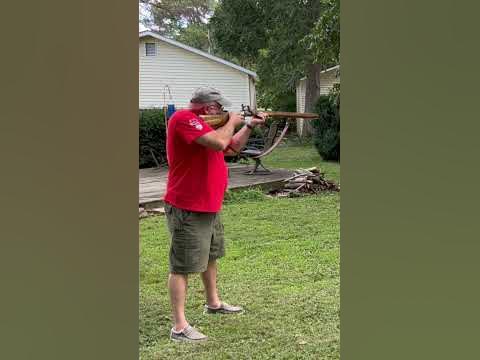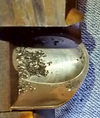hawg
Member
As y'all well know I'm pretty much a novice when it comes to flintlocks. I've been doing a lot of reading and watching videos. Mostly trying to find out the do's and don'ts. I keep coming across people talking about polishing the pan. Some say it speeds up ignition. Others say it doesn't but it does make cleaning the pan easier. I figured what the hey, if it makes cleaning easier I'm all for it. I was somewhat worried the slick surface would make powder slide around and since I use very little powder in the pan it might be a bad idea but I did it anyway. I twisted the gun this way and that and the powder didn't migrate much. It just leveled out. In a hunting situation it might migrate further but I'm not up to that anymore. I must say it improved ignition speed. It's not as fast as a cap lock but it's close, dang close. I am well pleased with it. I don't understand how/why that works but it did for mine. I'll clean it in a day or three and see how easy it is to clean. From what I've read just one swipe and it's clean. We shall see.



